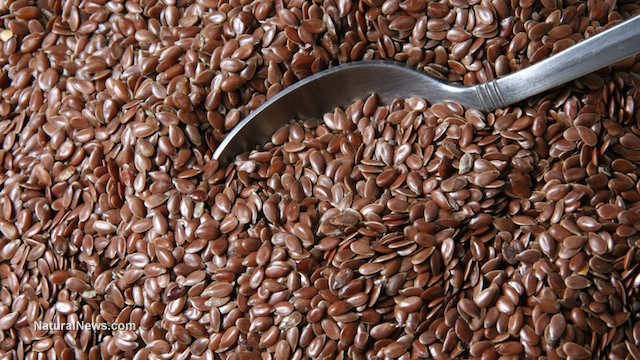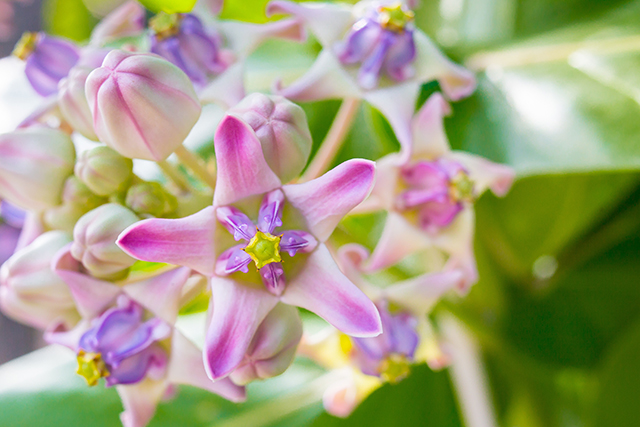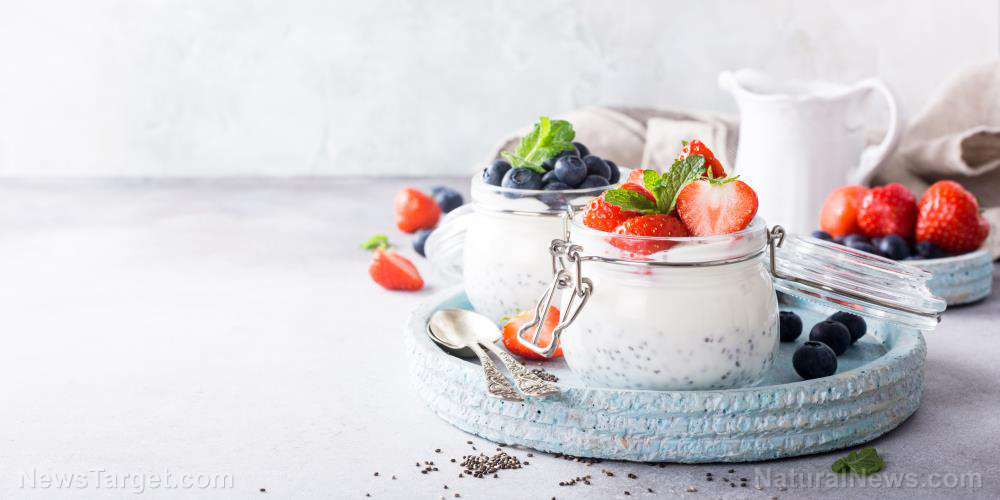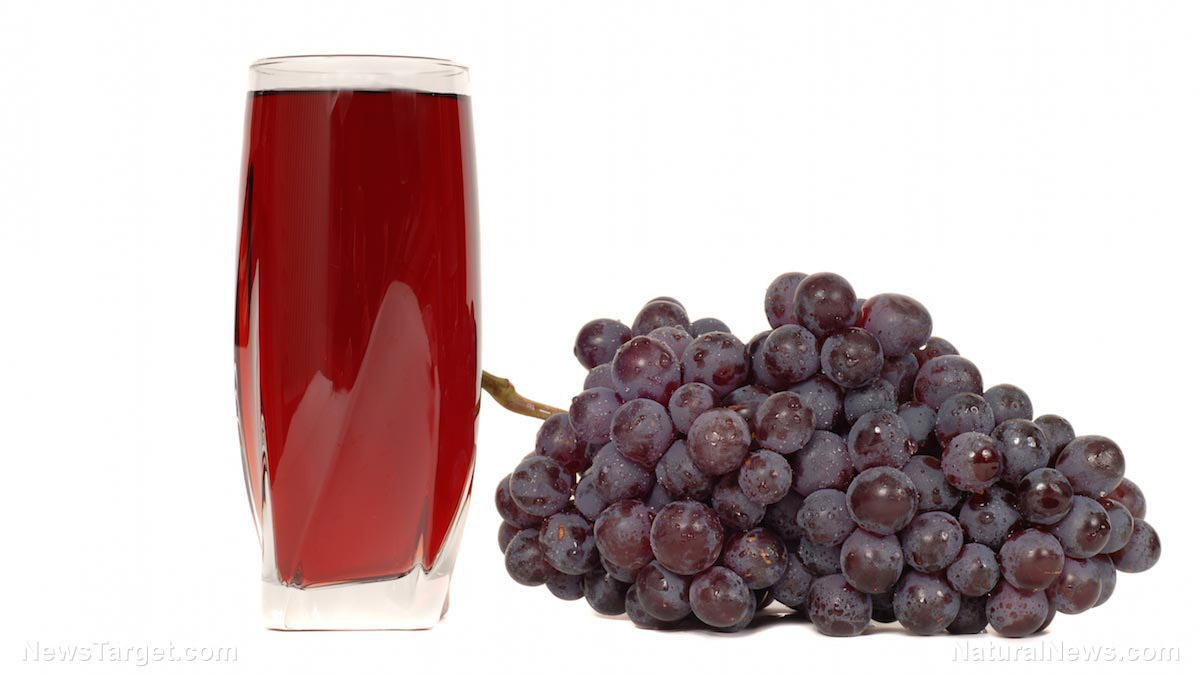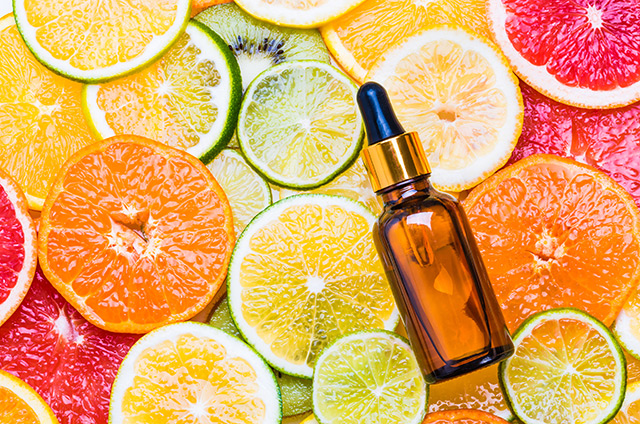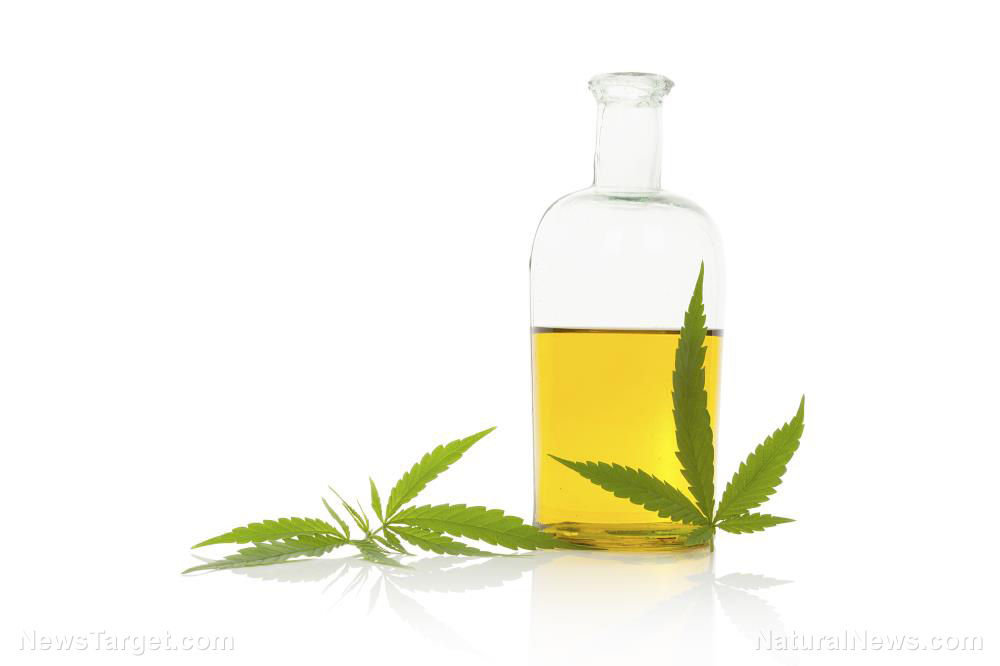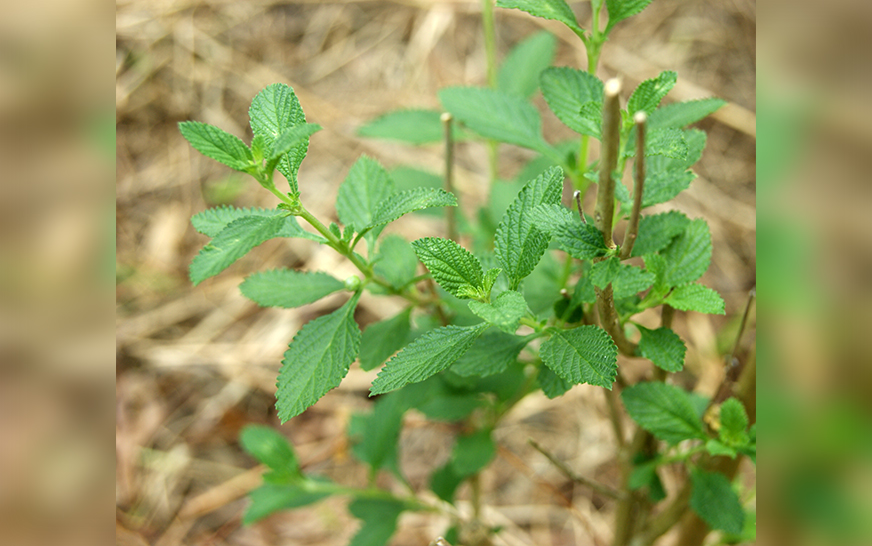A powerful wound-healing medicine found in a traditional Indian plant
01/24/2019 / By Ellaine Castillo

The saying goes, “time heals all wounds,” but for that to happen, a person must attend to it with treatment necessary for it to heal properly. Recently, researchers from Cairo University found a powerful wound-healing medicine in the ammania waterwort (Bergia ammannioides), a plant commonly used in traditional medicine.
Wound healing is a very complicated process that involves three significant steps: inflammation, cell proliferation, and remodeling. The first step is considered the defensive phase since it is where immune cells flock to the affected area to eliminate bacteria and other debris. However, these cells also produce harmful free radicals that can slow down wound healing and cause further tissue damage when too much of them are present. The body creates antioxidants that can neutralize these molecules to prevent this from happening. Aside from this, people can apply topical agents that can also scavenge free radicals.
Even if bacteria in the affected area are killed off as soon as healing begins, they can still infect the wound as long as it hasn’t closed yet. If this happens, then it can prevent healing or even cause scar formation. Because of this, it is important to regularly clean wounds and to disinfect them with antibacterial agents.
Ammania waterwort is an herb commonly used in traditional Indian medicine as a remedy for wounds and sores. However, these applications didn’t have a scientific basis before this study. Previous studies only looked at the antioxidant activity of this plant and its relative, the woody bergia (Bergia suffruticosa). Moreover, the phytochemicals responsible for the antioxidant activity of the latter were identified as gallicin, gallic acid, lupeol, and beta-sitosterol.
In this study, the researchers determined the biological activities of ammania waterwort through in vivo and in vitro experiments. They first collected extracts from ammania waterwort and used them to create an ointment which they applied to Sprague-Dawley rats and Swiss albino mice to determine wound healing and anti-inflammatory properties, respectively. From these experiments, they observed that the wounds of the treated mice had a higher collagen content than the control. This protein is important for wound healing since it recruits cells for tissue formation. They also saw reduced inflammation in treated mice. The researchers then proceeded to determine the antimicrobial activity of ammania waterwort against different bacterial species, including E. coli, Proteus vulgaris, Pseudomonas aeruginosa, Staphylococcus aureus, Bacillus subtilis, Sarcina lutea, and Mycobacterium phlei. The results showed that the extracts were effective against these bacteria, showing that it has potent antimicrobial activity. In addition, ammania waterwort has antioxidant activity as exhibited by the results of free radical scavenging assays.
All these biological activities will not exist if it weren’t for the phytochemicals in the plant. Based on the analysis conducted by the researchers, the compounds present in ammania waterwort include phenolics, sterols, and triterpenes.
Overall, this study proves ammania waterwort has potent antioxidant, anti-inflammatory, and antimicrobial activities, which have a synergistic effect that leads to an improved wound healing process. The researchers also identified phenolics, sterols, and triterpenes as the compounds that are potentially responsible for these biological activities. (Related: 8 Household items you can use to treat cuts and wounds at home.)
Symptoms of infected wounds
If your wound is taking too long to heal, then this might be a sign that bacteria were able to colonize the wound. Other symptoms that you can manifest if your injury is infected include the following:
- Exhaustion
- Fever
- Excretion of clear or slightly yellow fluid
- Pain
- Redness and swelling
- Warmth in the affected area
For more articles about natural remedies for wounds, visit NaturalCures.news.
Sources include:
Tagged Under: Ammania waterwort, anti-inflammatory, antibacterial, antioxidant, Bergia ammannioides, Herbs, inflammation, natural remedies, traditional Indian medicine, traditional medicine, Wound Healing, wound treatments, wounds
RECENT NEWS & ARTICLES
COPYRIGHT © 2017 ALTERNATIVE MEDICINE NEWS

